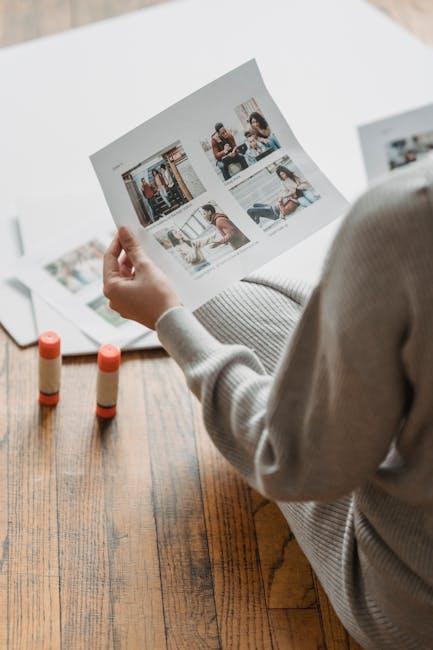When War Came to Their Country, They Built a Map
In times of crisis and conflict, human resilience shines the brightest. While war devastates communities and shatters the lives of millions, it also unfailingly unites people, inspiring them to wield their creative ingenuity for the greater good. One remarkable example of such resilience can be found in the countless stories of individuals and communities who, in the face of unimaginable adversity, create maps to navigate the chaos and rebuild their shattered lives.
Throughout history, maps have served as essential tools of exploration, navigation, and conquest. But beyond their practical uses, maps have also become powerful symbols, representing a collective memory, shared identity, and a vision for the future. When war arrives at their doorstep, communities across the globe have often responded by meticulously building maps, carving out a semblance of order from the chaos and laying the foundations for rebuilding their countries once the dust settles.
One such story is that of Sarajevo, the capital city of Bosnia and Herzegovina, which endured a devastating siege during the Bosnian War from 1992 to 1995. In the midst of relentless shelling and sniper fire, a group of local enthusiasts undertook the remarkable task of constructing an underground map. This map not only helped to navigate the city’s perilous streets, but it also became a beacon of hope in the darkest of times.
With makeshift tools, the mapmakers ventured into the city ruins to meticulously sketch the buildings, streets, and landmarks that had been reduced to rubble. They gathered valuable information from survivors, painstakingly documenting makeshift routes that could offer safety amidst the chaos. As the map grew, it became a testament to the human spirit, charting the determination to survive and rebuild, even as the world looked away.
The mapmakers combined their drawings with small handmade copies of historical maps, making the most of the scarce resources available during the siege. They relied heavily on memory, collective knowledge, and countless interviews with survivors to ensure the accuracy of their work. The final result was a comprehensive map that guided residents through splintered neighborhoods and allowed them to adapt to the rapidly changing conditions of the war.
Similar stories emerged from conflict-ridden regions like Aleppo in Syria, where a collective project known as “The Revolutionary Maps of Aleppo” emerged during the Syrian Civil War. In the absence of reliable infrastructure and communication systems, these hand-drawn maps documented critical information such as water sources, healthcare facilities, and supply routes around the city. They became vital lifelines, guiding besieged residents towards safety and providing essential information on the ever-shifting frontlines.
These maps were more than just lines and symbols, they were a tangible expression of resilience, defiance, and hope. The volunteers who created them worked tirelessly, ensuring the accuracy of every detail, driven by the belief that documenting the present could help shape a better future. In the face of terror and destruction, they held onto the belief that their maps could offer solace and unite their communities in the pursuit of rebuilding their shattered cities and lives.
The story of mapmaking amidst war is not limited to recent conflicts. Examples can also be found in the trenches of World War I, where soldiers painstakingly drew field maps to navigate the treacherous landscapes of no-man’s-land. These impromptu maps, sketched on scraps of paper or leather, guided soldiers through the hellish confines of the battlefield, enabling them to plan offensive maneuvers and evade enemy fire.
The intricacy and accuracy of these trench maps were invaluable in the successful execution of military operations. They were products of the soldiers’ firsthand experience, revealing hidden dangers such as barbed wire entanglements, machine gun nests, and booby traps. The cartographic artwork of these brave men undoubtedly saved countless lives and altered the outcome of the war.
Building maps in the midst of war is a powerful testament to the resilience and determination of humanity. It is a testament to our undying will to survive, adapt, and rebuild even in the face of unimaginable horrors. These maps become more than just navigational aids; they become symbols of hope, resistance, and unity.
When war ravages our countries, it is the indomitable spirit of individuals and communities that ultimately prevails. Amidst the rubble, destruction, and despair, a map emerges, guiding us towards a brighter future, reminding us of the power of the human spirit, and offering hope when it is needed most.
Hey Subscribe to our newsletter for more articles like this directly to your email.
